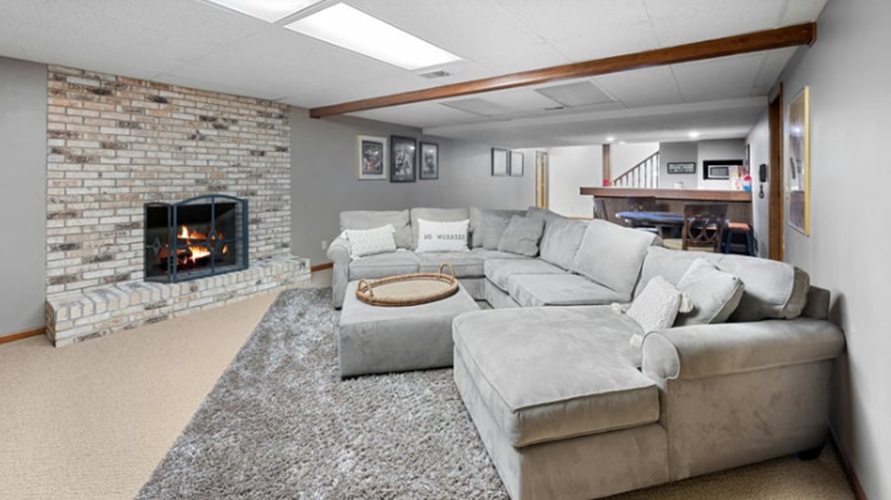Basements are often thought of as dark, underutilized spaces, but with the right approach, they can be transformed into bright and inviting areas of your home. One of the most effective ways to enhance the ambiance and functionality of a lower-level space is by incorporating natural light into the design. Whether you’re starting from scratch or planning a basement remodel in Chicago, bringing sunlight into the space can make it feel more open, comfortable, and livable.
Designing with Windows and Egress Options
The most impactful way to introduce natural light is by adding or enlarging basement windows. Strategically placed windows allow daylight to filter in and improve air circulation. Egress windows, which are required for safety in many finished basements, also double as a great light source. When planning the layout, place living areas like lounges or home offices near these windows to maximize exposure. Window wells with reflective liners can further enhance brightness by redirecting light into the room.
Utilizing Open Floor Plans and Reflective Surfaces
Natural light needs room to travel, which makes an open layout essential for brighter basements. Reducing unnecessary partitions allows light from one area to spill into another. To further amplify the effect, use reflective surfaces such as polished flooring, light-colored walls, and glass or metallic accents. These design elements work together to bounce light around the room and reduce the need for artificial lighting during the day.
Integrating Functionality with Light and Space
Natural light does more than just enhance aesthetics; it plays a crucial role in creating a functional and inviting environment. When planning the space, consider how to use natural lighting to support daily activities. Position reading nooks, workout areas, or workstations near windows. If you are creating a multipurpose room, think about how to transform your basement into a multi-functional family haven by combining open sightlines with varied lighting solutions for different zones.
Avoiding Common Design Pitfalls
Improper basement planning can limit the effectiveness of natural lighting and hinder your remodeling goals. Common missteps include installing too few windows, failing to account for insulation around window openings, or choosing dark, heavy finishes that absorb light. Being aware of these issues from the outset can help you design a space that is both beautiful and practical. Understanding the common mistakes to avoid when finishing your basement ensures your lighting choices align with structural needs and overall design goals.
Supplementing Natural Light with Smart Design
Even the best-lit basements still benefit from layered artificial lighting. Natural light should be supported with a mix of ambient, task, and accent lighting to ensure the space feels bright at all times. Use dimmable fixtures and smart lighting systems to adapt to changing daylight conditions, especially in winter months when natural sunlight may be limited. Mirrors and light fixtures placed opposite windows can also help reflect more daylight into darker corners.
Conclusion
Incorporating natural light into your basement design brings warmth, comfort, and versatility to an often-overlooked space. With thoughtful planning during your basement remodel, you can create a lower level that feels as bright and welcoming as any upper-floor room. From window placement to finish selection, every choice plays a role in how light interacts with the space, making your basement not only livable but truly enjoyable.

